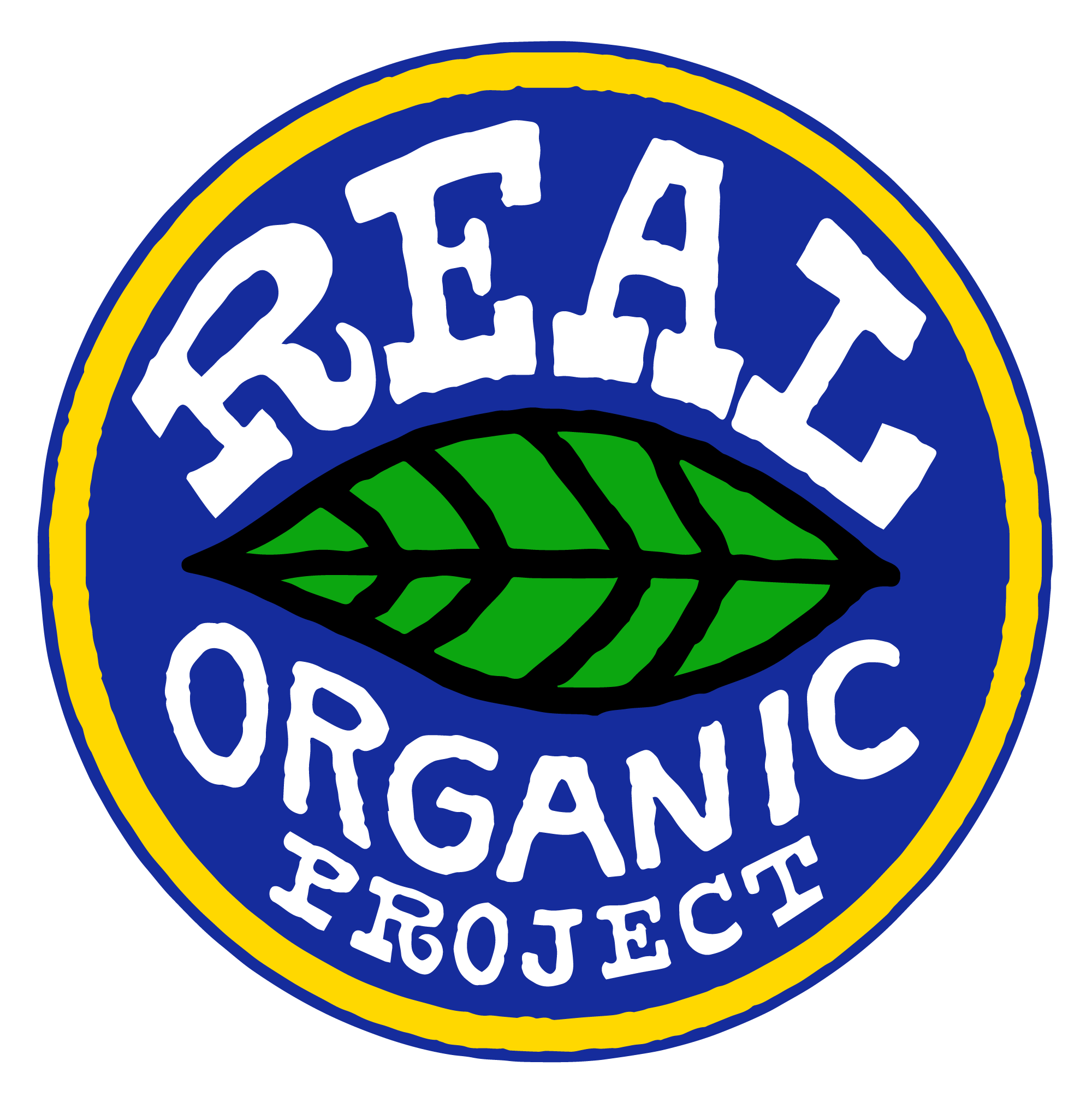The Real Organic Project launches to create transparency in organic food and farming practices.
For Release
Contact: Blair Fitzgibbon, 202-503-6141, blair@soundspeedpr.com
As the integrity of the USDA organic standards erode, a broad coalition of organic farmers and advocates have formed the Real Organic Project. The nonprofit is working to promote the practices of traditional organic farming. Farmers believe this effort is needed as the current USDA National Organic Program is now permitting hydroponics and CAFOs (Concentrated Animal Feeding Operations) to be certified as organic. The Real Organic Project requires improving soil fertility and that animals have adequate outdoor access and pasture.
Today the Real Organic Project is announcing the release of their provisional standards for the add-on label. As the organic movement continues to grow, it is seeking to reclaim transparency when identifying itself to farmers and eaters.
In late March, the newly formed Standards Board for the Real Organic Project came together in Fairlee, Vermont. Twenty-one Project board members traveled from all over the country for the meeting. The Standards board consists of eleven farmers, a policy director from a retail store chain, a scientist, an inspector, a consumer advocate, and representatives from non-profits. They met for two intensive days of debate and hard work after many weeks of preparation.
Real Organic Executive Director Dave Chapman said, “All we are seeking is transparency. Our message is clear and simple. Organic farming must be based on healthy soil, with plants and animals as an integral part of that soil ecosystem. The only radical thing about our new standards is that they have been rejected by the USDA. They are a return to the fundamental beliefs of organic farming.”
The add-on standards are:
- Origin of Livestock. In current NOP rules, producers can continuously transition dairy animals into organic over time. This standard ends that loophole.
- Grazing Requirement. There is strong evidence that current NOP grazing requirements are not being met. This standard tightens the current standard, and it will be enforced.
- Grown in the Ground. Current NOP decisions permit 100% hydroponic production with no relationship between the soil and plants. This standard mirrors the recently passed EU standard that requires crops to be grown in the soil, in contact with the subsoil, in contact with the bedrock.
- Soil Management. Current NOP language requires certified farms to maintain and improve the fertility of the soil, but these standards are often not being met. This standard simply reinforces the language and intention of The Organic Foods Production Act (OFPA) and the NOP language.
- Greenhouse Production. NOP standards around greenhouse production have never been set. This standard prohibits the use of 100% artificial lighting and requires an energy plan to show steady progress in reducing the carbon footprint.
- Animal Welfare. Following the recent rejection of the Organic Livestock and Poultry Production (OLPP) recommendation for improved animal welfare, CAFO production of poultry has become accepted in NOP certification. This standard requires genuine outdoor access for all animals. It also addresses other animal welfare concerns, such as preventing tail docking and beak trimming (used in farming systems that allow overcrowding of livestock).
- Split Farms. This standard limits the circumstances in which an organic farm can produce non-certified crops.
View the standards here: https://realorganicproject.org/provisional-standards/
“These are the standards that most in the organic community support and want enforced by the USDA,” added Real Organic board member Lisa Stokke, Executive Director of Next7.org. “These are the basis of our wrap-around add-on label, and they are the foundation of organic.”
The farmers believe that this label will bring transparency back for organic consumers. The vast majority of certified organic farms in the US will easily meet these “new” standards. The provisional standards will be open for public comment this fall.
“These seven short organic standards are the missing heart of the NOP standards,” said Linley Dixon, Standards Board vice chair of the Real Organic Project. “They have all been discussed at great length by the NOSB over the years. While some were passed by the NOSB and then ignored, others were debated but never passed at all.”
The Real Organic Project will be managing a pilot program this year certifying a limited number of farms. This pilot program will test the certification process in preparation for the label going public in 2019. Further details about the program will be released this summer.
“The Real Organic Project will restore organic farmers’ ability to convey that they are producing real organic food, in the tradition of pioneer farmers who began the organic movement. It is unfortunate that this add-on label is necessary, but USDA has demonstrated over the past few years that it is unwilling to uphold the full integrity of the organic label,” stated Francis Thicke, organic dairy farmer from Fairfield, Iowa, current Real Organic Project Standards Board chair and former National Organic Standards Board member.
To learn more and support, visit: www.RealOrganicProject.org
###

